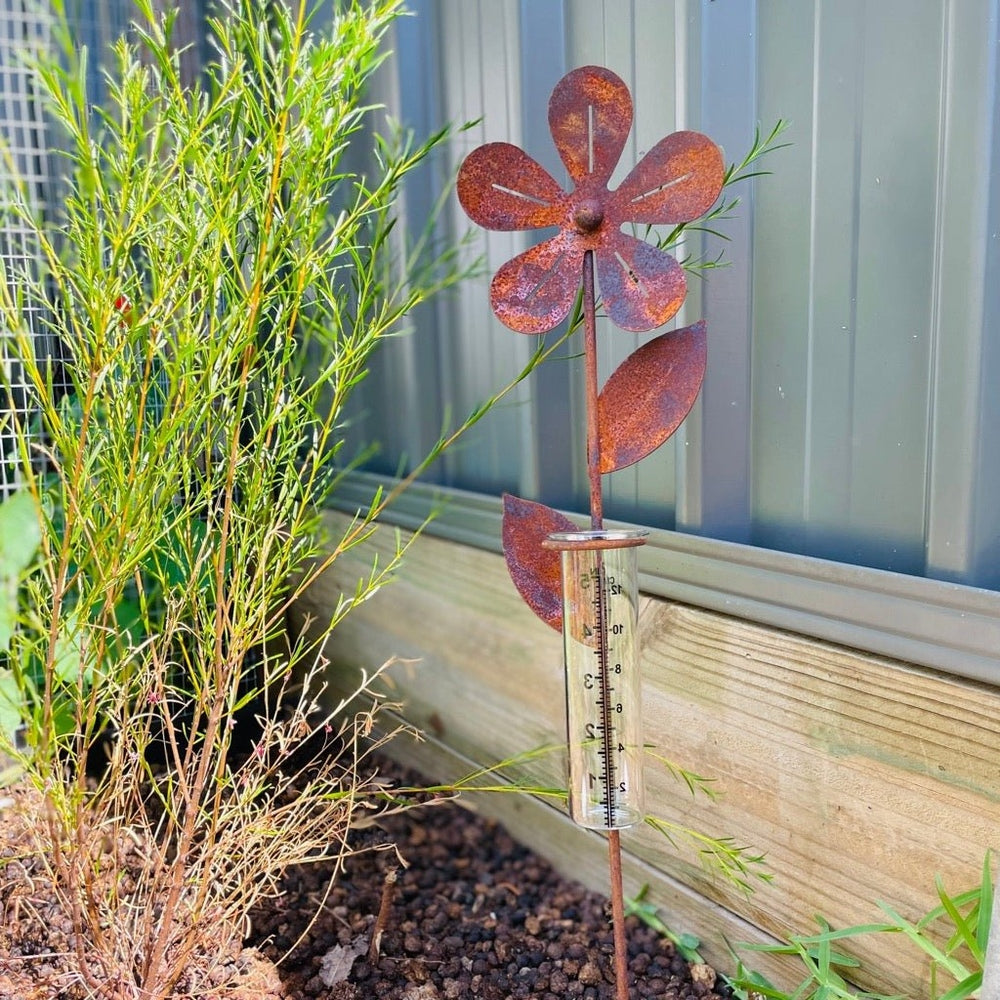How a Rain Gauge Can Enhance Your Comprehending of Local Climate Patterns
How a Rain Gauge Can Enhance Your Comprehending of Local Climate Patterns
Blog Article
Introducing the Science Behind Rainfall Evaluates: Just How These Devices Play an Essential Function in Environment Study and Environmental Tracking
Rainfall gauges, relatively straightforward devices, hold an extensive significance in the realm of environment study and environmental monitoring. These plain instruments silently accumulate one of nature's most essential aspects-- rains. Yet, behind their plain facade lies an intricate science that is important for recognizing the dynamics of our setting. As we peel off back the layers of this clinical veil surrounding rain gauges, we discover a world where precision, information precision, and thorough monitoring merge to introduce a deeper understanding of our changing climate and its effect on the planet.
Relevance of Rain Gauges
Rain assesses play a crucial function in tracking and determining precipitation levels, giving essential information for environment research study and analysis. These tools are basic in quantifying the amount of rains that happens in a specific location over a specific duration. By measuring and accumulating rainwater, rain evaluates deal useful insights right into the circulation and intensity of rainfall, helping meteorologists, hydrologists, and climatologists in understanding climate patterns and trends.
Among the crucial reasons rain gauges are vital is their capability to provide precise and localized data. Unlike satellite or radar-based dimensions, which offer more comprehensive observations, rainfall assesses offer exact information certain to the area where they are placed. This local data is important for various applications, including flooding projecting, drought tracking, and water source management. Furthermore, lasting data gathered from rainfall gauges assists in assessing environment adjustment impacts and patterns, contributing considerably to clinical study and decision-making processes. Basically, rainfall gauges function as crucial tools in the field of meteorology and ecological science, playing a vital duty in progressing our understanding of climate and climate dynamics.
Kinds Of Rainfall Scales

Functionality and Operation
In the realm of environment research and atmospheric research studies, the effectiveness of rainfall evaluates lies in their complex performance and precise functional mechanisms. Rainfall determines are designed to accurately gauge the amount of rainfall that drops over a particular area during a collection period.
The capability of rain determines is based upon the principle of gathering and measuring rainwater in a standard fashion. This collected information is important for understanding local weather patterns, tracking long-lasting environment trends, and analyzing environmental influences. To guarantee precise measurements, rainfall gauges demand to be tactically positioned in open areas away from blockages such as structures or trees that might disrupt the collection process.
The operational element of rainfall gauges entails regular maintenance to stop debris accumulation, calibration checks to preserve measurement precision, and data videotaping for evaluation (rain gauge). In general, the performance and procedure of rain evaluates are necessary for collecting reputable rainfall information vital to climate research and environmental tracking
Function in Environment Study
Offered the critical significance of accurate precipitation measurements in recognizing climate patterns and ecological influences, the duty of rainfall assesses in environment research study is crucial. Rainfall determines give necessary information for environment research study by measuring the amount of precipitation that falls over a particular area during an offered duration. This information is critical for keeping an eye on long-lasting trends in precipitation patterns, assessing the influence of environment change on rains circulation, and boosting climate designs.

Climate scientists use data accumulated from rainfall assesses to analyze variants in precipitation degrees, determine local climate fads, and assess the performance of water resource monitoring methods. By comparing historic precipitation information with current dimensions, scientists can detect changes in rainfall patterns, such as changes in the regularity or intensity of rains events. This details is important for comprehending just how environment adjustment is affecting precipitation dynamics and can aid policymakers make informed choices pertaining to adaptation and reduction approaches.
Applications in Environmental Tracking

In flood projecting, rain gauge information aids to track rains intensity and circulation, allowing authorities to release timely cautions and take necessary procedures to mitigate flooding threats (rain gauge). Drought surveillance depends on rainfall scale information to examine wetness degrees in the dirt and track precipitation shortages, helping browse around these guys in the identification of drought-prone locations and the application of dry spell reaction techniques
Furthermore, rain scale information plays a vital role in water source administration by providing details on water availability and usage trends. Furthermore, in agriculture, rainfall scale information assists farmers in maximizing watering schedules, plant selection, and general farm monitoring practices based on local precipitation patterns.
Verdict
In verdict, rain evaluates are important tools for gauging precipitation, giving valuable information for environment research study and environmental tracking. With different types and capabilities, rain gauges play a vital duty in recognizing rainfall patterns and their impact on the setting. By accurately determining rainfall, these tools add to the innovation of scientific expertise and aid in making educated choices pertaining to water resource administration and catastrophe preparedness.
Rainfall assesses play an important function in tracking and measuring precipitation levels, supplying important data for environment try this out study and analysis. The conventional rain gauge, understood as the "tipping bucket" scale, is one of the most generally utilized tools. Ultrasonic rain evaluates usage sound waves to identify the presence of rain, supplying real-time data on rainfall levels.Climate researchers utilize data accumulated from rain assesses to assess variations in rainfall degrees, identify local environment patterns, and examine the efficiency of water source administration methods.In verdict, rain assesses are essential devices for gauging precipitation, offering important data for environment study and environmental surveillance.
Report this page